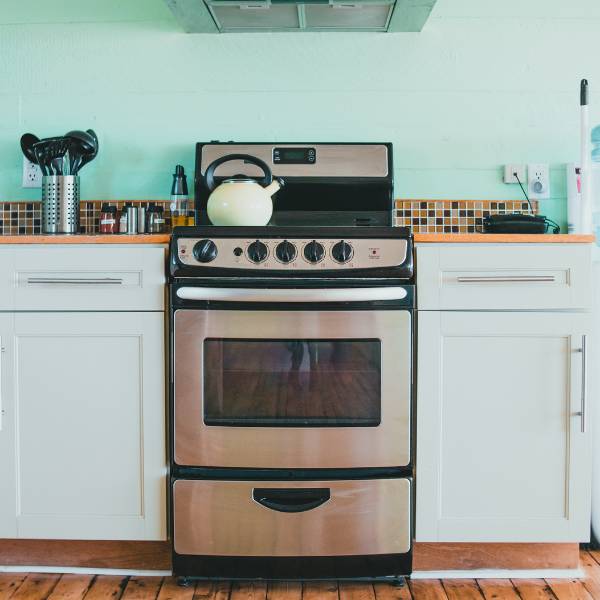
What’s for dinner tonight? Your stove top is likely one of the most used appliances in your kitchen. Is yours up to the challenge? If not, you may be considering buying a new stovetop.
There are many different styles and features to consider when choosing your next stove, and the first one may be to decide between a gas, electric, or induction top. Which should you choose?
In this article, we will review the differences between these three stove types and give you some helpful tips for each one.
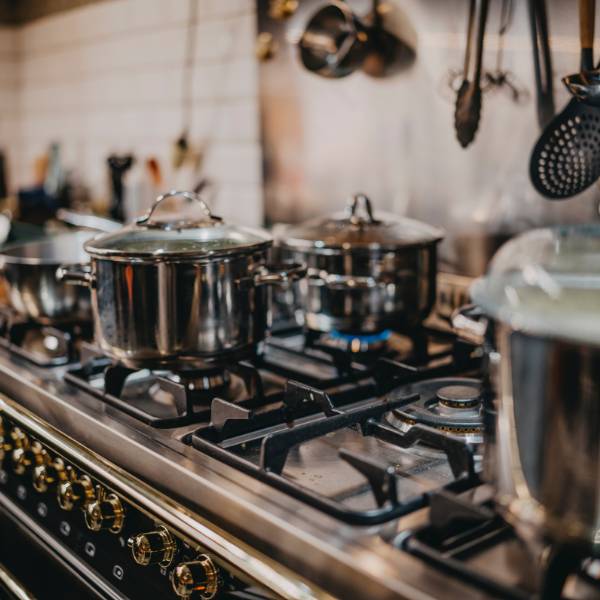
Gas Stoves
Gas stovetops emit a flame fueled by natural gas or liquid propane. It connects directly to your home natural gas line for added convenience and safety. And, unlike induction stoves, you can use any style of cookware.
Professional and “serious” home cooks prefer gas stoves because they are better for precision and quick temperature changes. The visual of the flame provides cooks with another indication of the heat and what intensity. Having the flame reach up the side of your pot can also be helpful when cooking on a wok.
Gas stoves are popular in newer homes already wired for natural gas. If you are remodelling an older home and want a gas stove, don’t forget to consider the costs of adding a natural gas line into your home.
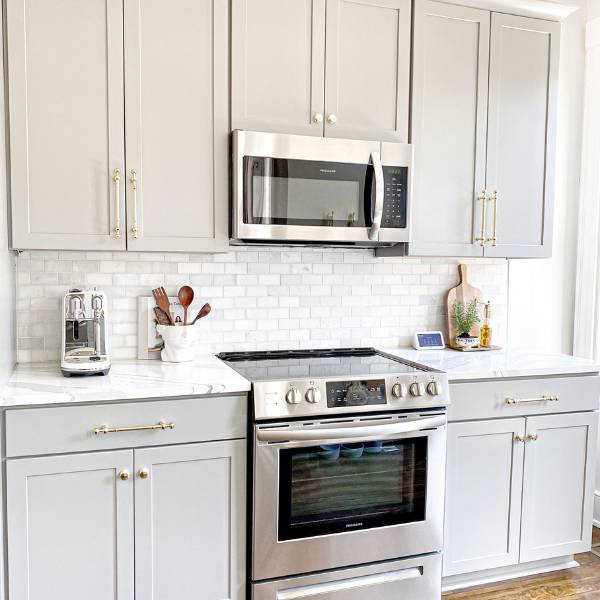
Electric Stoves
Electric stoves heat metal coil or glass elements which transferring heat to the cookware. Like gas stoves, you can use nearly any cookware on the surface. These come in two styles:
- Metal coil: This is the “traditional” stove you may have grown up with in your home. It uses heated metal coils to transfer heat from the stove to the pot. These are the easier of the two electric stove types to clean.
- Electric Smoothtop: For this style, the cooktop itself is flat, usually glass, and the heated coils sit under the glass. This provides more radiant heat. Due to this radiant heat, it can take longer to cool the surface during or after cooking as the heat is distributed more widely across the surface. Also, as they are made of glass, dropping a pot or tool could more easily crack the surface. Cleaning is also more difficult as spills can stain the cooktop quickly if not cleaned right away.
Always follow the manufacturer's recommended cleaning instructions, no matter which electric stovetop you choose. You may want to avoid harsh chemical solutions and scrubbers like steel wool which can permanently damage the surface.
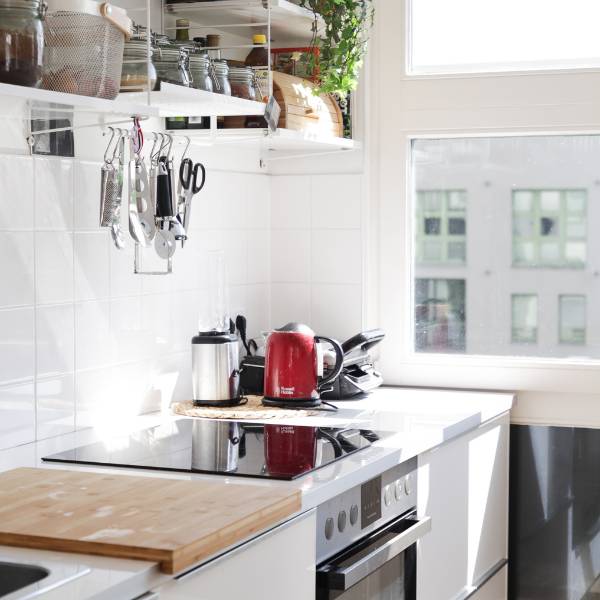
Induction stoves
Induction stovetops plug into your electrical wall outlet and are becoming increasingly popular in homes. They cook using a magnetic field to transfer heat from the glass induction surface to the cookware. The cooktop's surface doesn’t get as hot as the heat is transferred to the pot, making induction a safe cooktop option.
A drawback for some is that you need a specific pot or pan for these cooktops. It must be a magnetic-based material like cast iron or magnetic stainless steel. To check, attach a fridge magnet to the bottom of the pot. If it sticks, it’s magnetic and can be used with your induction stove.
There are many other reasons this cooktop is popular including:
- They use less energy. Some models are 5-10% more efficient than electric stoves and 3x more than gas stoves. It also doesn’t emit smoke or gas, so they don’t affect your indoor air quality.
- They have safety shut-offs: With induction burners, when the pot is removed or falls over, the unit shuts off. Also, once you remove the pot, the stove's surface doesn’t remain hot very long. You won't risk burning yourself if you accidentally turn on your stove.
- Food cooks faster and more even: A big selling point of induction stovetops is their quick, even heating. The time savings comes in as the “element” doesn’t have to heat up like a gas or electric stove. Heat is transferred near instantly to the pot, which warms quickly. Boiling water can often be done two to four minutes faster this way.
It’s also important to mention that induction cooktops are electric and will emit a quiet sound or hum. Also, if you’re used to cooking on another stove top, it may take some adjustments to get used to the new cooking speed and style of an induction, but you’re probably going to love it!
Other stove features you may want
After choosing one of these three stove top types, there are other features and accessories that will make your cooking life even easier. These include:
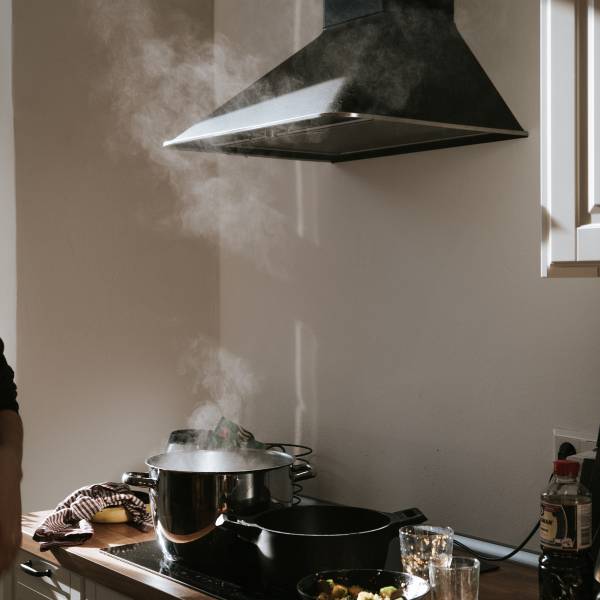
A range or exhaust hood: Be sure you have a way to vent any moisture and fumes while cooking. Turning on an exhaust fan when cooking can also help minimize cooking smells lingering in your home.
Wok/Griddle/Grill: Some stovetops (mainly gas or electric) come with a Wok accessory or a griddle/grill top you can use with the appliance. These can make cooking easier (and fun).
Hot surface indicator lights: These light indicators give you a heads up that the stove surface may still be hot. They are especially beneficial for flat, electric cooktops.
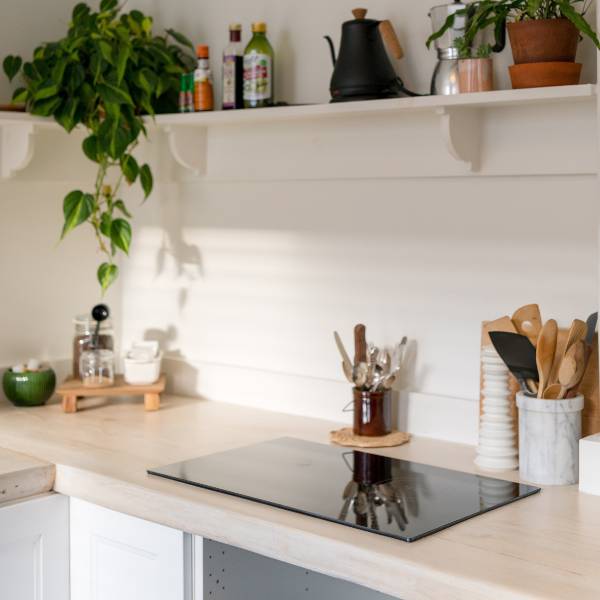
Buttons vs. electronic touchpad controls: Many modern stovetops and ranges use electronic touchpad controls for your stove and oven. If you strongly prefer physical buttons or controls, ask your appliance specialist about your best options.
You will also want to consider the space available in your kitchen, as this may affect your choice of cooktop. Always measure the space you have to ensure you buy an appliance that will fit. Also measure any home entryways to ensure the appliance will fit through the door.
If you have limited space, you may opt for a countertop model without an attached oven. This allows you to keep cabinet storage space under the cooktop, use a smaller wall oven, and/or purchase a countertop toaster oven.
How to choose the best stove for your top
Choosing the best stovetop for your home goes beyond selecting a preferred manufacturer, size, and budget. Today’s stovetops come in many different styles and include helpful features. We can help you pick the right one for your needs. Ask us today.



